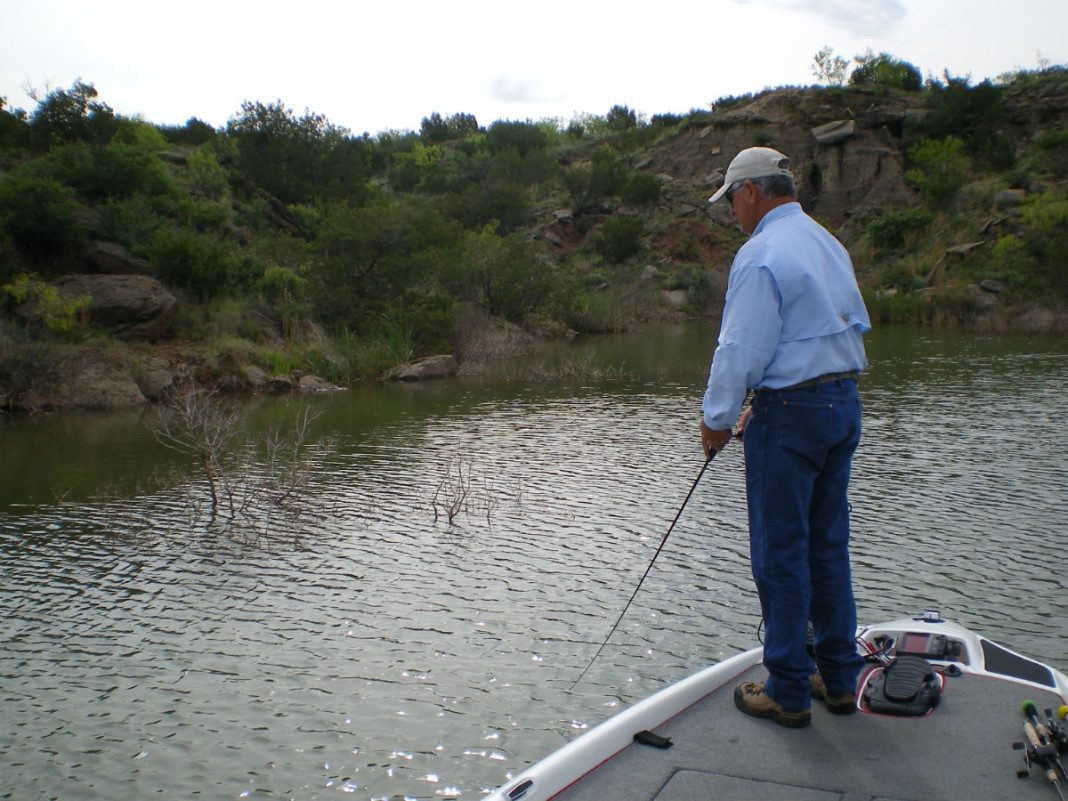Hunting frameworks for a number of Texas species ended recently — adding to the number of seasons we’ll have to wait until next fall to again enjoy.
That means fishing is likely your new aim. However, boating maintenance should be the first thing you think about before pursuing lunker largemouths in the Pineywoods or reds and specks anywhere on the Gulf Coast.
Now is the time to line out your fishing gear for spring and summer. I’m specifically talking about your bass boat, flats craft or offshore brute that likely has sat idle for months if you’ve been busy chasing after deer, ducks or quail the past few months.
Fall and winter can be hard on boats of all shapes and sizes, especially if they have been exposed to even a little of what Mother Nature dishes out. With that in mind, here’s a look at areas to focus on so that you’ll be fishing when the opportune time comes rather than working on fixing a problem. That’s the worst!
Among the easiest inspections you can perform are those of your hull and propeller. Any issues that pop up typically are not hard to spot, including dings or cracks. A simple check of the propeller to ensure that it is securely fastened will save you big issues that could come from loss of performance and even added damage to your craft. Your hull should be free of any deformations, which should be easy to identify. However, you should get an up-close look to ensure that small troubles don’t turn into huge concerns.
When it comes to the electrical system, you should inspect any connections to guarantee that the offseason didn’t add corrosion or loosen wires. You can’t go wrong by having your electronics inspected by a technician and also make sure that you maintain an adequate charge before and after your excursions. Much like an auto battery, corrosion can build up on terminals, especially if any condensation is present.
The Texas coast is notorious for speeding up the time it takes for things to go south quickly, especially the fine parts of any mechanical system. Did I mention you should make sure to inspect your reels and rinse and oil them after a long day on the flats of the Laguna Madre?
Your fuel system also is among the most important components on your boat and it’s also one where success can be measured in your connections. Check fuel hoses and tank surfaces regularly, and don’t hesitate to replace anything that is soft or brittle, a surefire sign that something is amiss. You also should inspect your ventilation and exhaust systems accordingly, again replacing any components that will decrease or hinder performance.
As with your fuel hoses, belts and cables can crack or soften during long fall and winter storage periods. All connections should be tight, plain and simple. If they’re not, or if you see evidence of wear and tear, replace them as soon as possible. Even a small part could put you out of commission and off the water for an extended period.
Fluid levels also need a vital checkup. If you didn’t change the oil and filters prior to winterizing your gear, you should do it now to ensure that your internal systems will continue to run smoothly. Again, even a minor decrease in lubricants can cause serious problems down the line, and be frustrating to boot.
The last of the items that typically are checked, though they should be the first, is your safety gear. This is absolutely mandatory!
Your lifejackets should be in good condition and you always should have enough for everyone on board, no excuses. You need to also ensure that everyone on your craft has the correct safety gear for their size, specifically youths. Make sure your fire extinguishers are charged and ready to go and that they’re stowed in the proper place, which is not far from reach should an emergency arise. Should you be in an area where it’s applicable, you can have your vessel checked by the Coast Guard to guarantee that you’re in compliance and simply not a safety risk.
For more information on boating in Texas, including registration renewals, boater education and safety requirements, visit the Texas Parks and Wildlife Department.
Now, let’s go fishing!


















